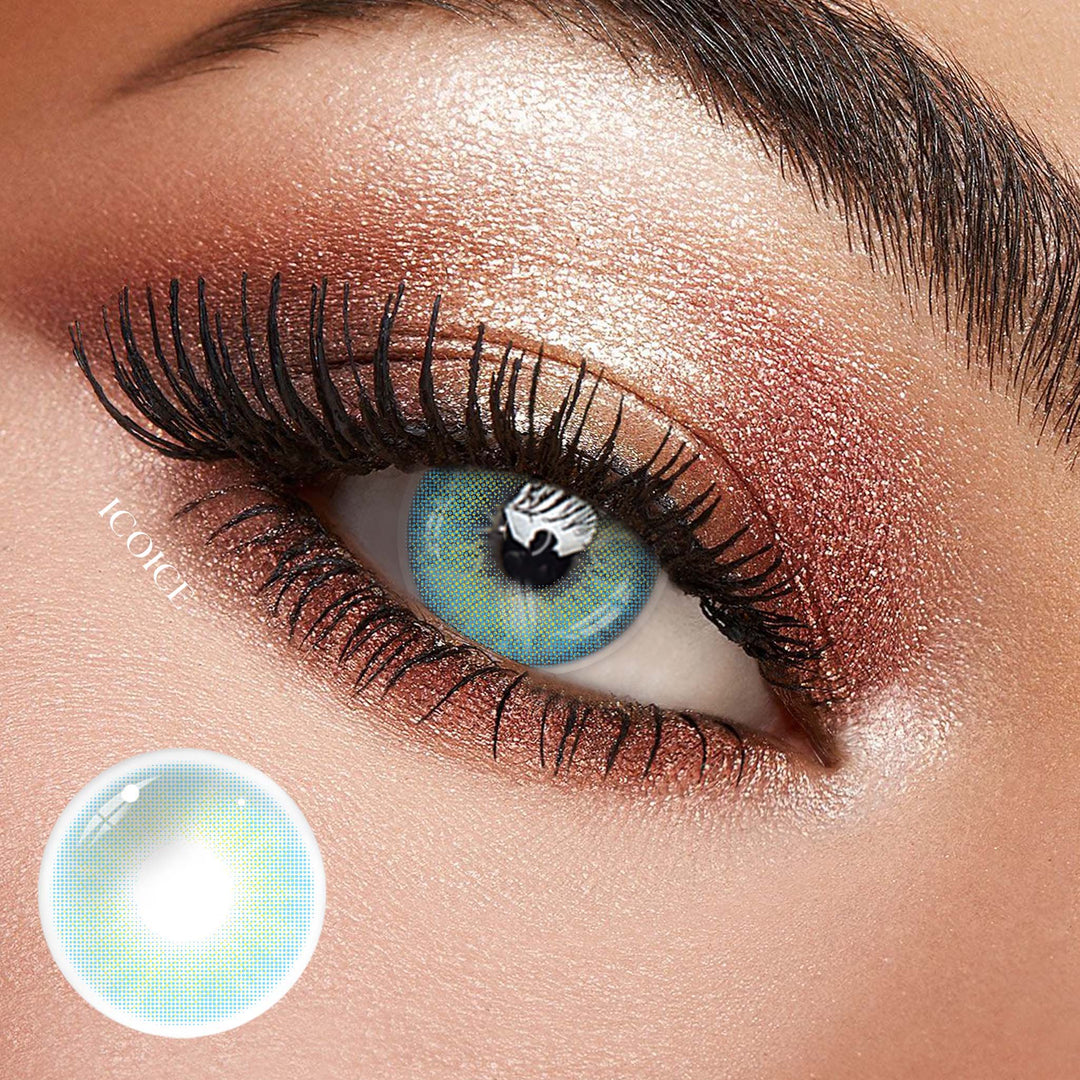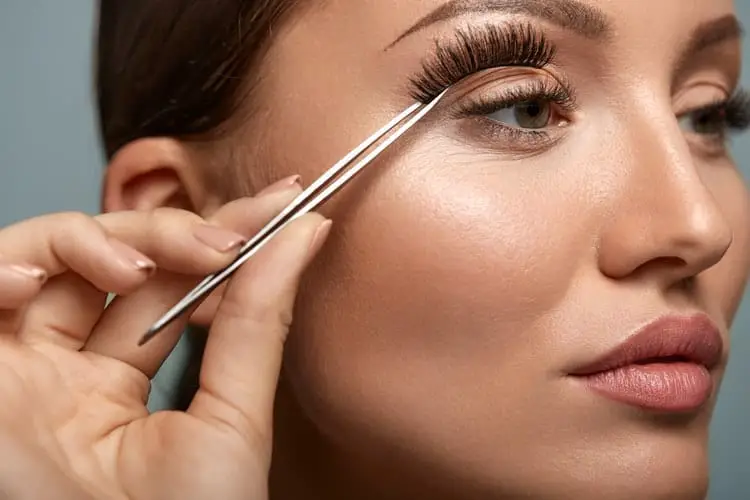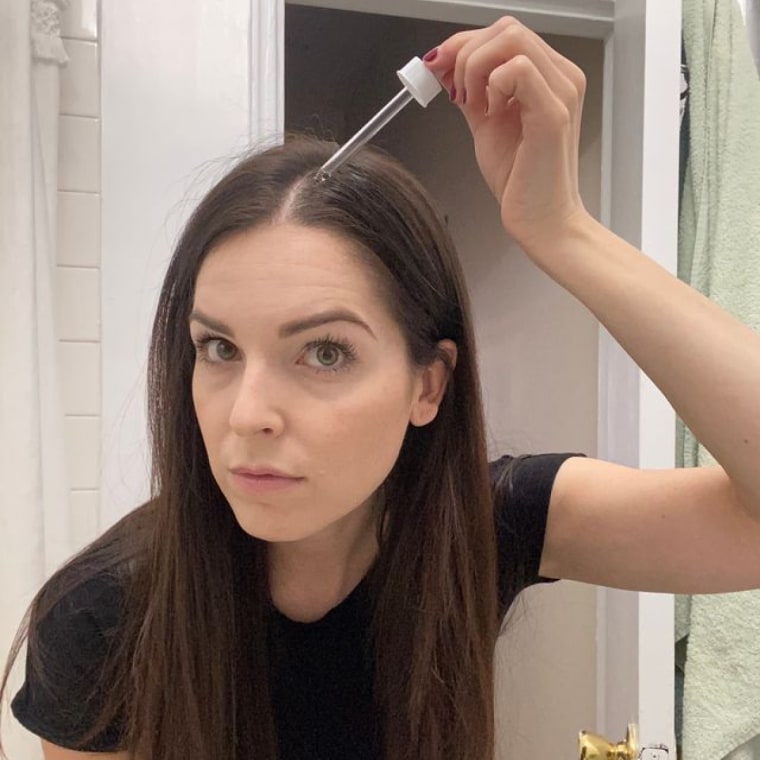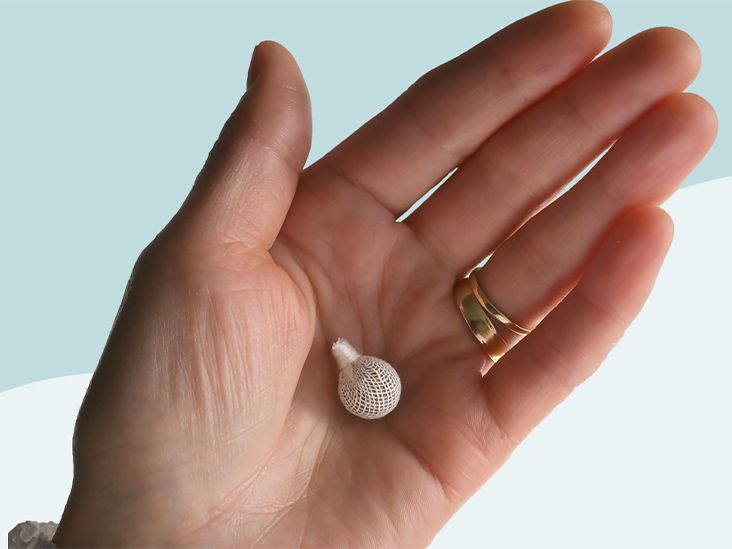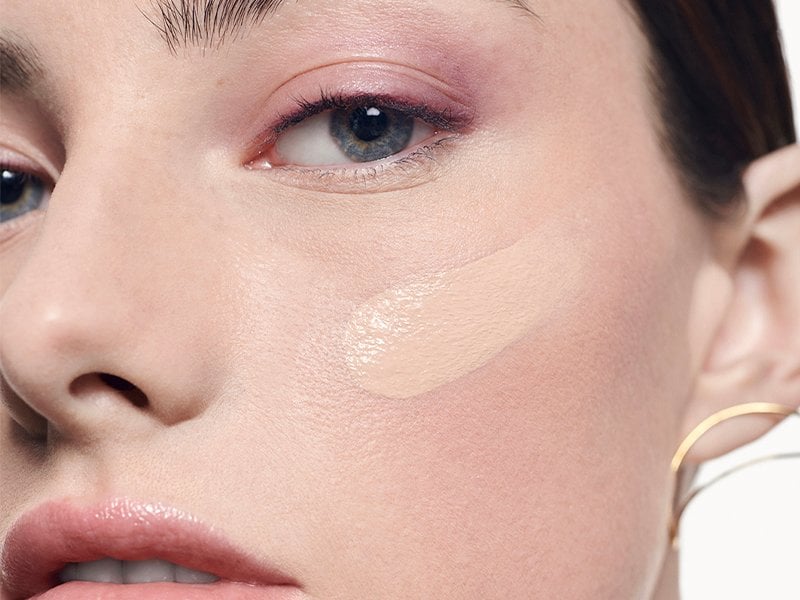Sunscreen is an essential part of a skincare routine, regardless of your skin type. However, if you have oily skin, finding the right sunscreen can be a challenge. Oily skin tends to produce excess sebum, which can cause sunscreen to feel heavy, greasy, and clog pores. Fortunately, there are sunscreens specifically designed for oily skin that can provide adequate protection without exacerbating oil production.
Here Are Some Tips For Selecting A Sunscreen That Is Suitable For Oily Skin:
Look for lightweight and oil-free formulations: Sunscreens that are lightweight and oil-free are ideal for oily skin. These formulations are designed to absorb quickly and leave no greasy residue behind, preventing your skin from feeling heavy or shiny.
Consider a mattifying formula: Some sunscreens for oily skin have a mattifying effect, which can help to control excess oil production and shine. These formulas often contain ingredients such as silica, which helps to absorb excess oil and leave a matte finish.
Choose a broad-spectrum sunscreen: A broad-spectrum sunscreen protects your skin from both UVA and UVB rays. UVA rays can cause premature aging and contribute to the development of skin cancer, while UVB rays cause sunburn. Look for sunscreens with an SPF of at least 30 to ensure you have adequate protection.
Avoid sunscreens with heavy, occlusive ingredients: Some sunscreen ingredients, such as mineral oil and petrolatum, can be heavy and occlusive, making them unsuitable for oily skin. Look for sunscreens that are formulated with lightweight, non-comedogenic ingredients that won’t clog pores or cause breakouts.
Consider a sunscreen with antioxidants: Antioxidants, such as vitamin C and E, can help to protect your skin from the damaging effects of free radicals caused by UV radiation. These ingredients also help to improve the overall health and appearance of your skin.
Test the product first: It’s essential to test any new skincare product before incorporating it into your routine, particularly if you have sensitive skin or a history of allergic reactions. Apply a small amount of sunscreen to your forearm and wait 24 hours to see if you experience any adverse reactions before applying it to your face.
Some Of The Best Sunscreens For Oily Skin Include:

Ultra Defence Hybrid Sunscreen SPF 50: This sunscreen has a lightweight, oil-free formula that is suitable for oily skin. It contains silica to absorb excess oil and leave a matte finish.
Phyto Shield SPF 50 Matte Mineral Sunscreen: This sunscreen has a non-greasy, lightweight formula that absorbs quickly into the skin. It is also water-resistant for up to 80 minutes.
Daily Defence Hybrid Sunscreen SPF 30: This sunscreen is formulated with zinc oxide and niacinamide to help protect and soothe the skin. It has a lightweight, oil-free formula that is suitable for oily skin and is also fragrance-free and non-comedogenic.
Sunstick SPF 60 Sunscreen Stick: This sunscreen has a weightless, invisible formula that leaves no residue behind. It contains meadowfoam seed oil, which helps to moisturize and soothe the skin, and is also reef-safe and cruelty-free.
SPF 50 Sunscreen Serum: This sunscreen has a lightweight, oil-free formula that provides broad-spectrum protection. It contains oil-absorbing silica to help control excess oil production and leave a matte finish.
In conclusion, selecting the right sunscreen for oily skin requires some trial and error, but there are many excellent options available. Look for lightweight, oil-free, and non-comedogenic formulas that provide broad-spectrum protection.
How to Use Sunscreen For Oily Skin
Using sunscreen properly is crucial to ensure that you are adequately protected from the harmful effects of the sun’s rays. Here are the steps to follow when applying sunscreen:
Choose the right sunscreen: As mentioned before, look for a sunscreen with at least SPF 30 that provides broad-spectrum protection and is suitable for your skin type.
Apply sunscreen before going outside: Sunscreen should be applied at least 15 minutes before exposure to the sun to allow it to absorb into your skin properly.
Apply enough sunscreen: Most people do not use enough sunscreen. To ensure that you are adequately protected, you should apply one ounce of sunscreen, which is about a shot glass full, to cover your entire body.
Apply sunscreen to all exposed areas: Be sure to apply sunscreen to all exposed areas of your body, including your face, ears, neck, arms, legs, and any other areas that are not covered by clothing.
Reapply sunscreen every two hours: Sunscreen should be reapplied every two hours or immediately after swimming, sweating, or toweling off.
Use sunscreen every day: Sunscreen should be used every day, even on cloudy or overcast days, as UV rays can still penetrate through clouds.
Use additional protection: Sunscreen is just one part of sun protection. You should also wear protective clothing, such as hats and long-sleeved shirts, seek shade during peak sun hours, and avoid tanning beds.
Be mindful of sunscreen expiration dates: Sunscreen does expire, and its effectiveness can be reduced over time. Be sure to check the expiration date on your sunscreen and replace it if it has expired.
In summary, using sunscreen for oily skin properly involves choosing the right sunscreen for your skin type, applying it generously to all exposed areas of your body, reapplying it every two hours, and using additional sun protection measures such as protective clothing and seeking shade. By following these steps, you can protect your skin from the harmful effects of the sun and enjoy the outdoors safely.


